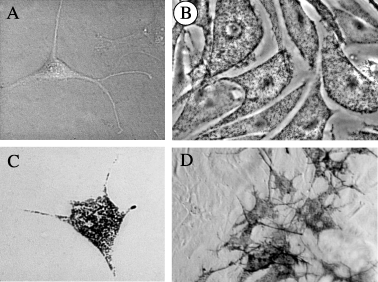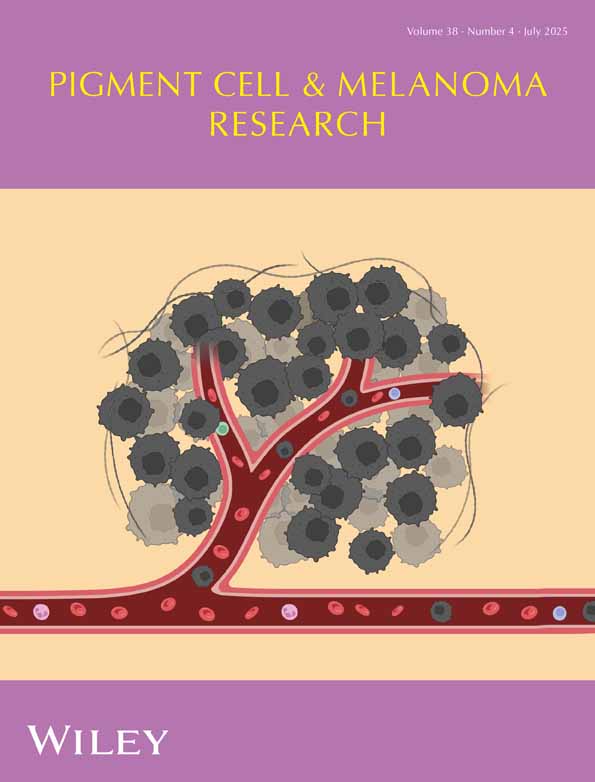In This Issue...
The Reviews in this issue focus on skin pigmentation, summarizing conditions and mechanisms involved in the loss of skin pigmentation in vitiligo and considering approaches to treating hyperpigmentation when it occurs. Ongenae et al. review the mechanisms involved in the premature loss of melanocyte function in vitiligo skin. They summarize research carried out at the clinical and basic level (using animal models for vitiligo), much of which supports the involvement of autoimmune mechanisms in the pathogenesis of this disease that targets melanocytes in the skin. They suggest that humoral and cellular immune responses are involved, and they note that the most successful therapies are those that incorporate an immunosuppressive component. However, depigmentation of the skin that occurs in vitiligo is only one-half of the picture, and hyperpigmentary lesions are also quite common in human skin, particularly in skin in chronically UV-exposed regions. Briganti et al. review the various types of hyperpigmentation that are known to occur, and they discuss various approaches for treatment. Many of the most effective treatments target tyrosinase as it is the most critical enzyme for melanin synthesis. Although hydroquinone is the most effective in this regard, its effects tend to be permanent and there are other potential dangers associated with its use, which has led to prohibition of its use in many countries. The authors consider various alternative approaches towards depigmenting skin that are now being developed and they discuss the levels and mechanisms of their actions.
— — — — — — — — — — — — — — —
In the featured article in this issue, Bietet al. report the correction of a mutation in the tyrosinase gene using fluorescent oligodeoxynucleotides (ODN). This controversial technique has offered great promise in the past decade as a method to target and correct specific known mutations in genes, but the relatively poor efficiency of the technique has precluded its widespread use as an approach to gene therapy. Biet et al. use fluorescent derivatives of ODN to repair the mutation in the albino tyrosinase gene (a single nucleotide substitution) and they are not only able to repair the function of tyrosinase (thus creating pigmented ‘albino’ cells) but the fluorescence also allows them to easily follow the cells which have been successfully targeted and repaired. The figure to the right shows an example of the unpigmented albino cells (top left panel) and the successfully repaired and pigmented cells (bottom row).





